Product Description
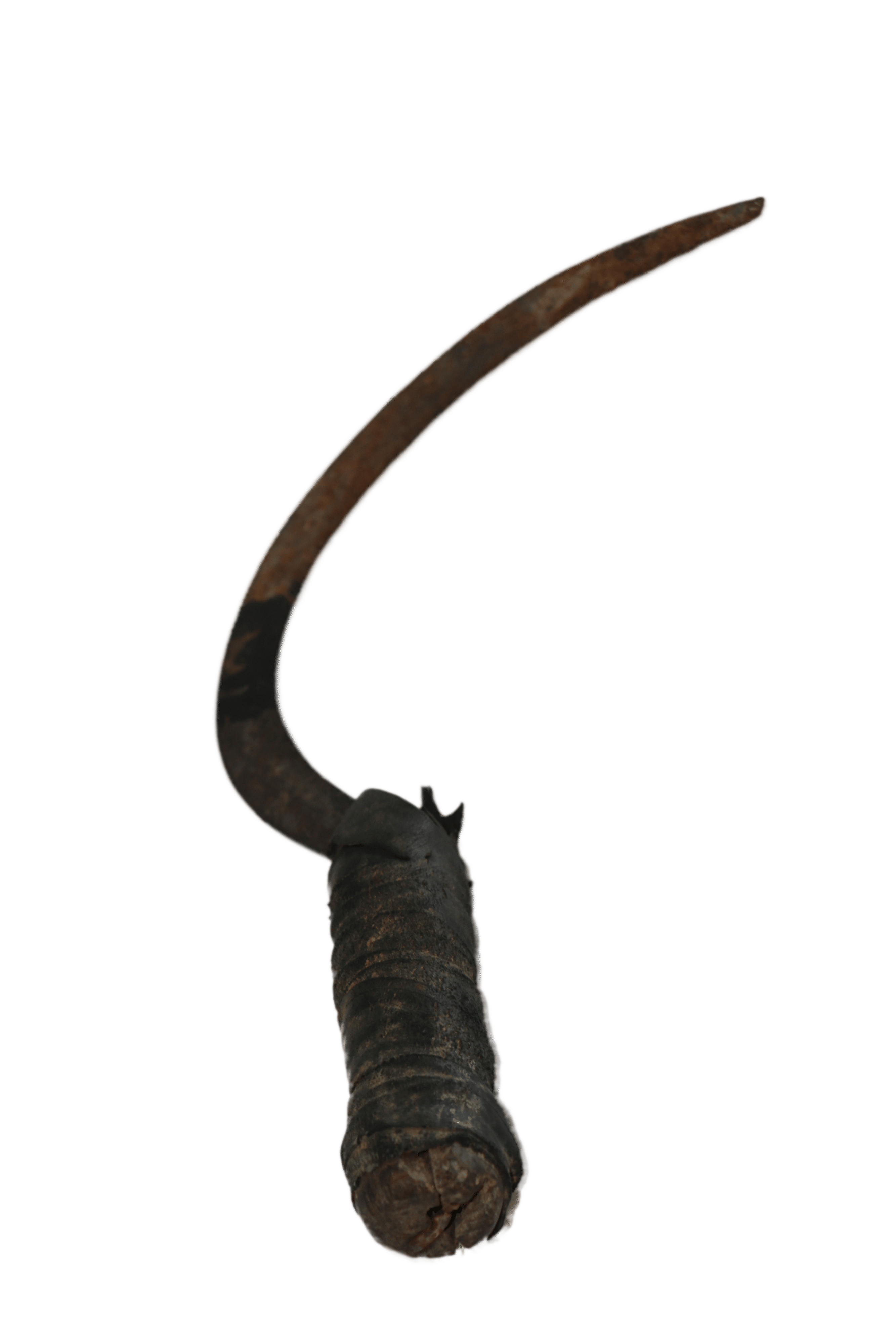
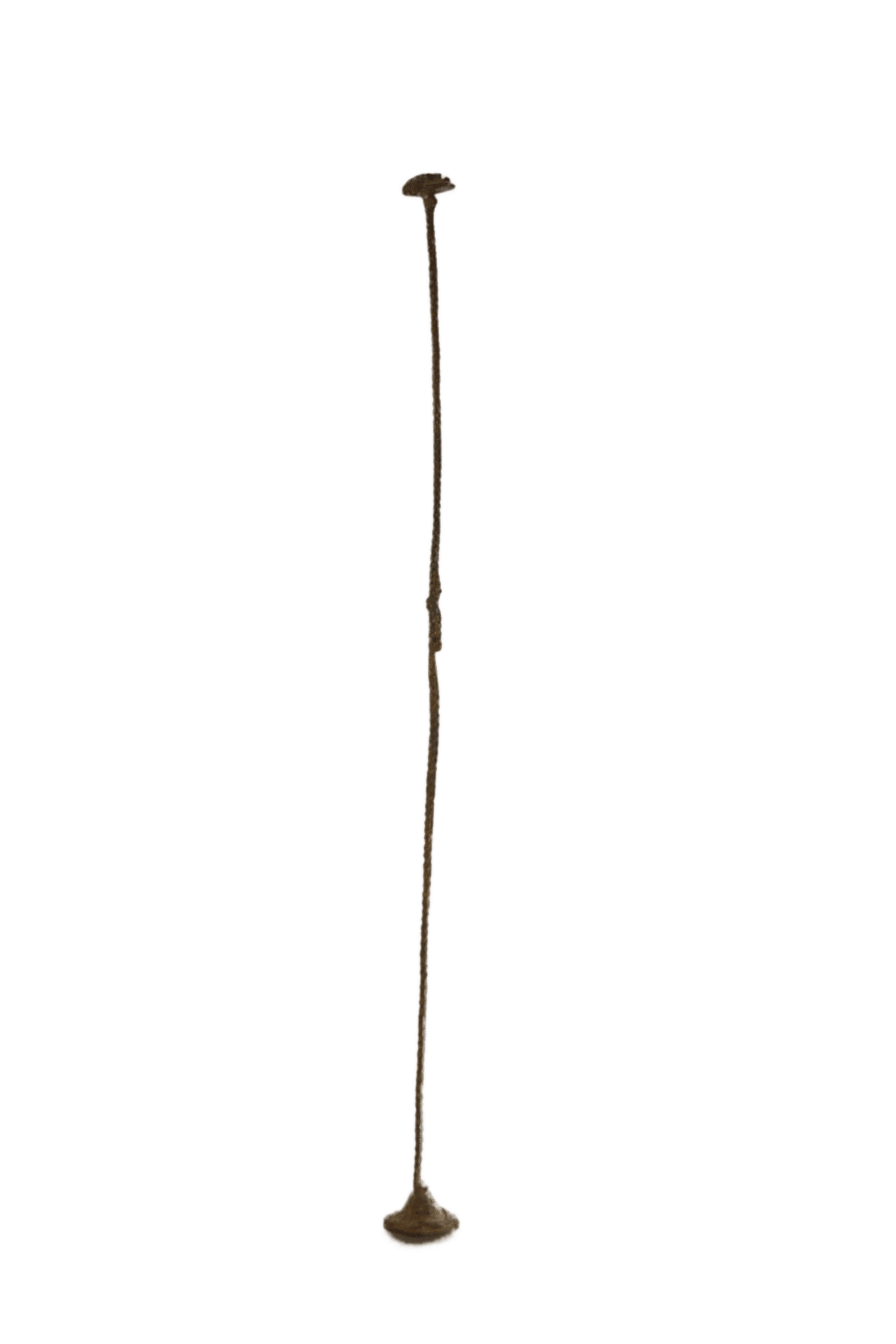
Antique Dogon oil lamp iron forged w tool knife
Antique Dogon multi-arms lamps ornated with decorations. These functional iron lamps, with bowls to burn oil, and 2 staffs, express status, prestige and power. lamps were used during ceremonies in a community or individual sanctuary or used as an incense Burner. Oil known as tulu, made from the Karite tree nut was burned in the cup to produce a dark, smoky light that was as much a light for ritual purposes as for illumination.
They would bring honor to the ancestors, the current leadership and the owner of the sculpture. They usually depicted a former leader, seated, standing or on horseback. Although rare, horsemen as icon have existed for 1000 years in Mali. Some would depict a hogon, the supreme officeholder, a semi-divine leader of great wisdom, or even a mythological emissary from a distant land.
Made of 100% Iron.
Model is W 15 â H 85 and weight 0.8 kg.”
Additional information
| Weight | 0.8 kg |
|---|---|
| Dimensions | 15 × 85 cm |
| Color | |
| Material |
Leave a reply Cancel reply
Returns and Exchanges
There are a few important things to keep in mind when returning a product you purchased.You can return unwanted items by post within 7 working days of receipt of your goods.
- You have 14 calendar days to return an item from the date you received it.
- Only items that have been purchased directly from Us.
- Please ensure that the item you are returning is repackaged with all elements.
Ship your item back to Us
Firstly Print and return this Returns Form to:
30 South Park Avenue, San Francisco, CA 94108, USA
Please remember to ensure that the item you are returning is repackaged with all elements.
For more information, view our full Returns and Exchanges information.

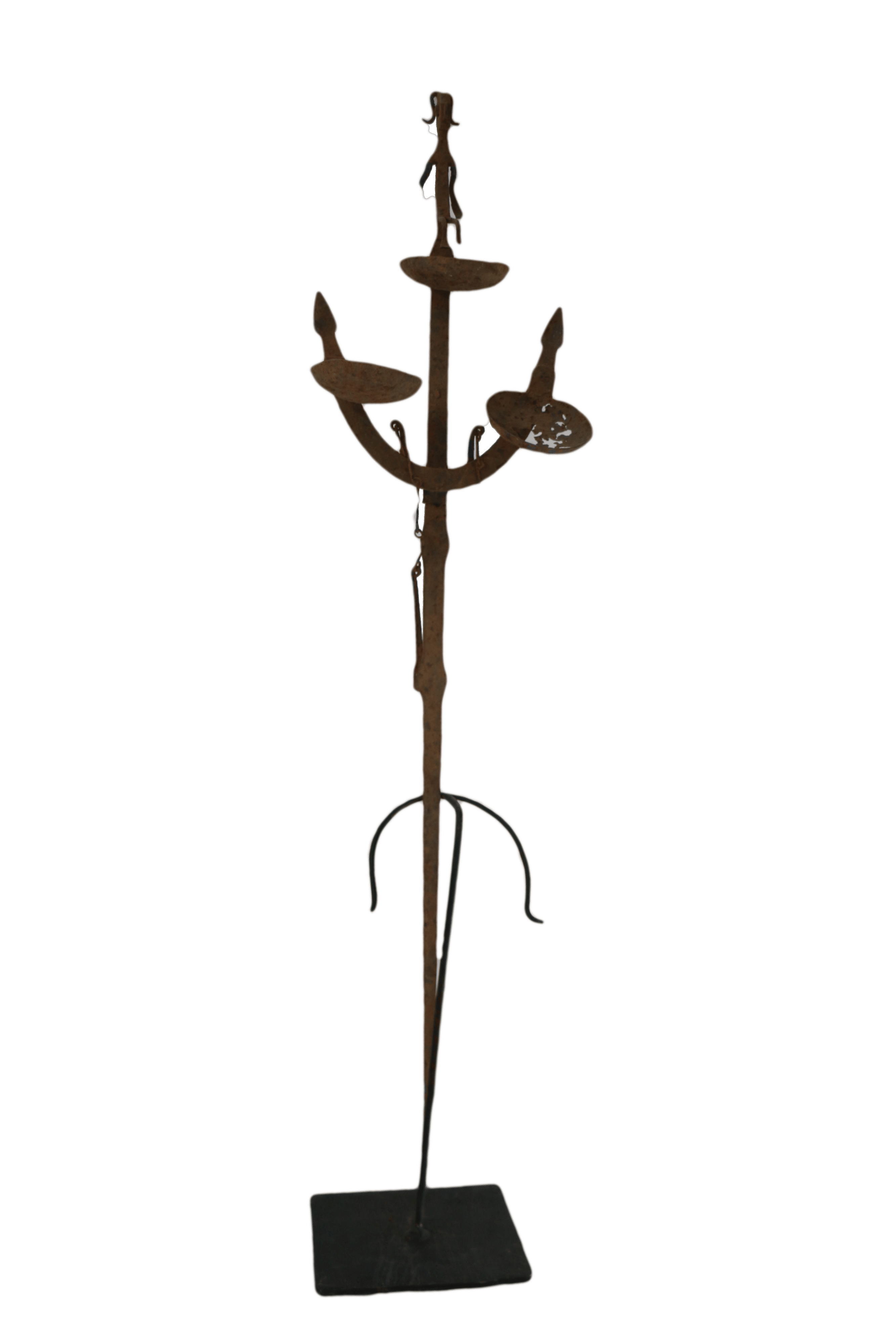
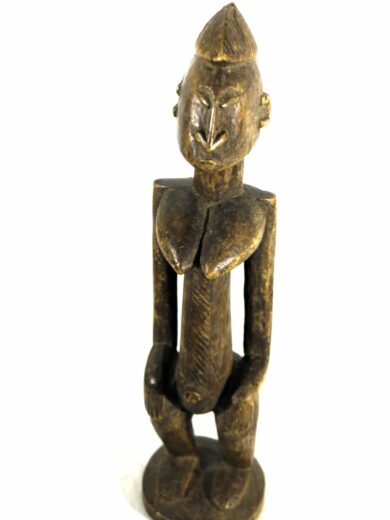
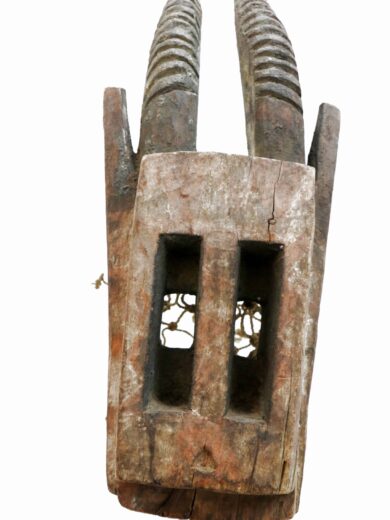
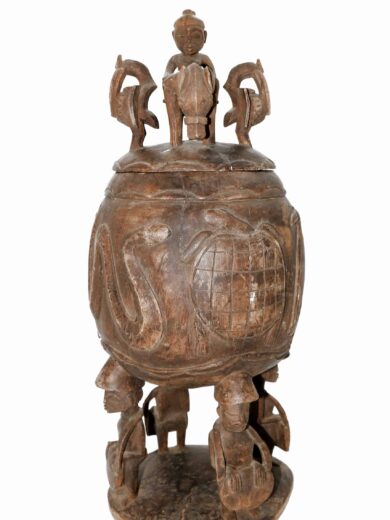
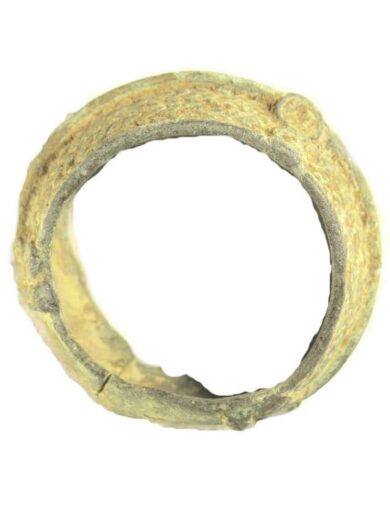
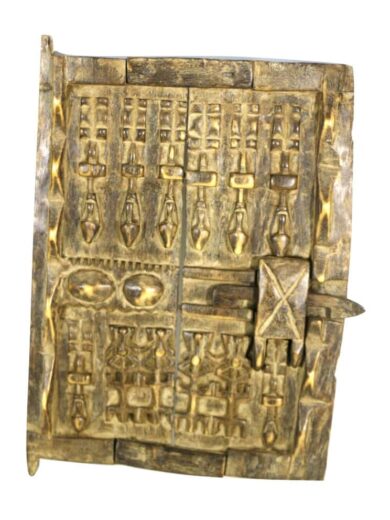
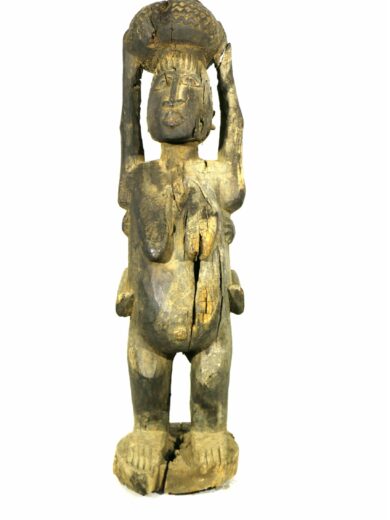
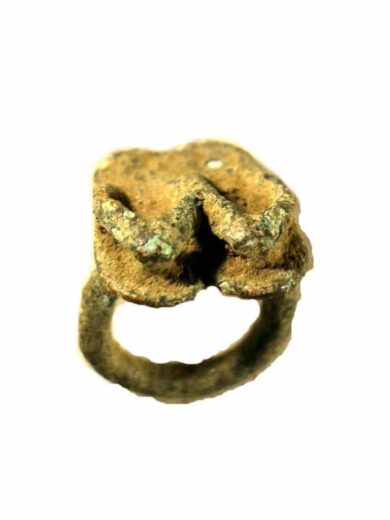
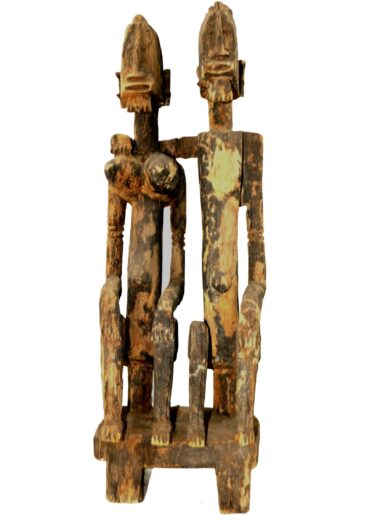
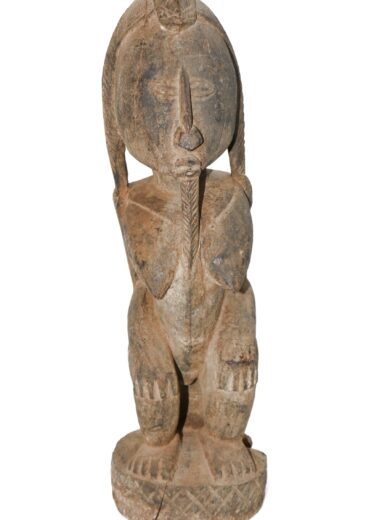
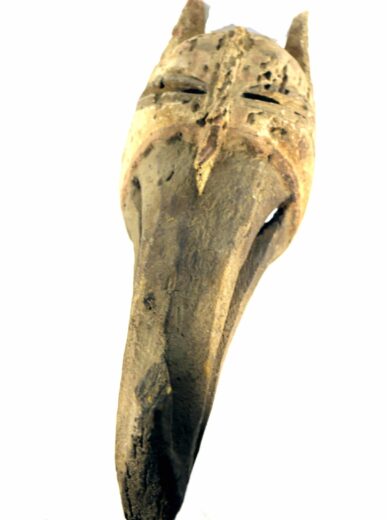
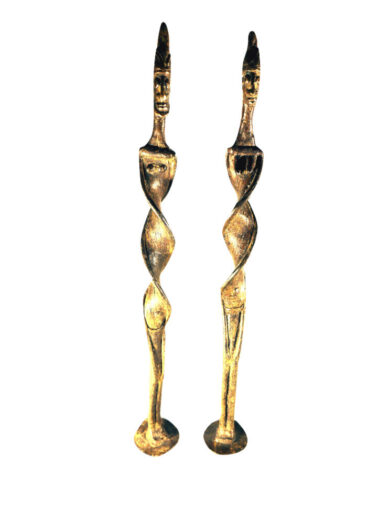
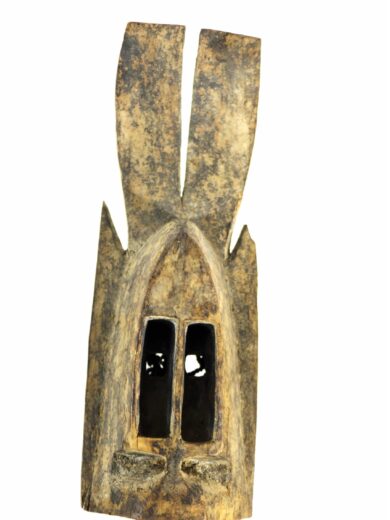
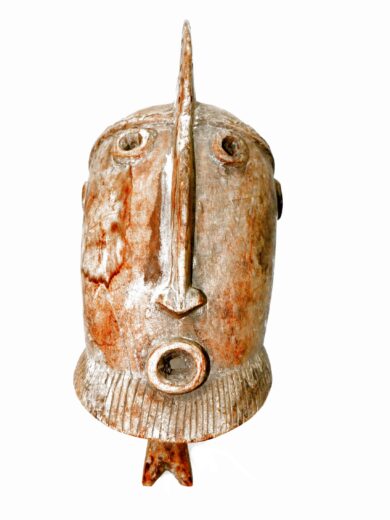
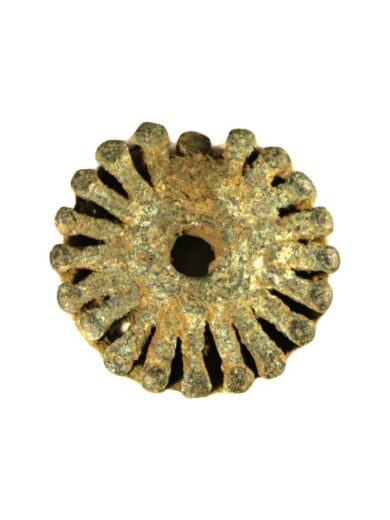
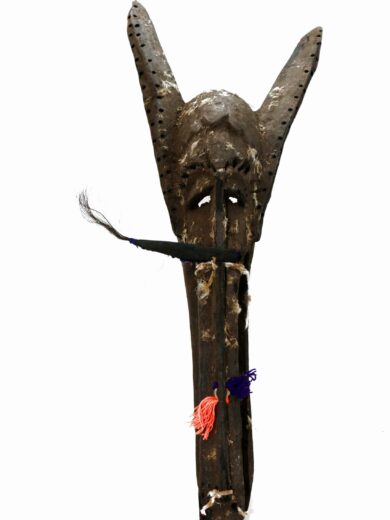
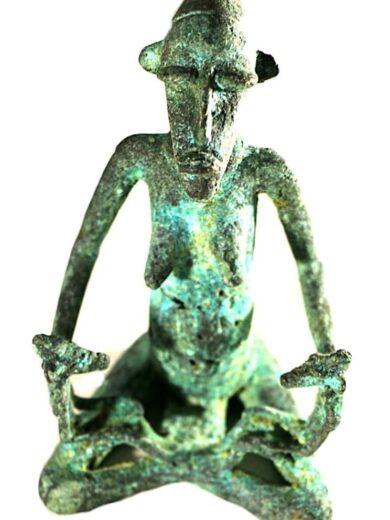
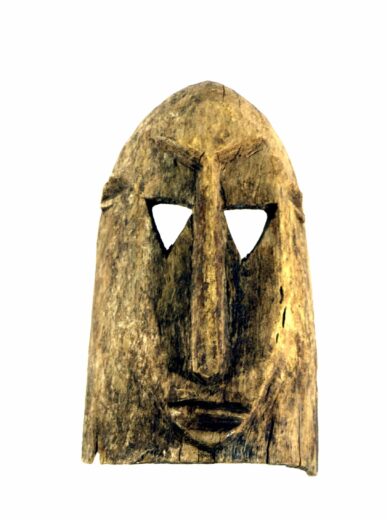
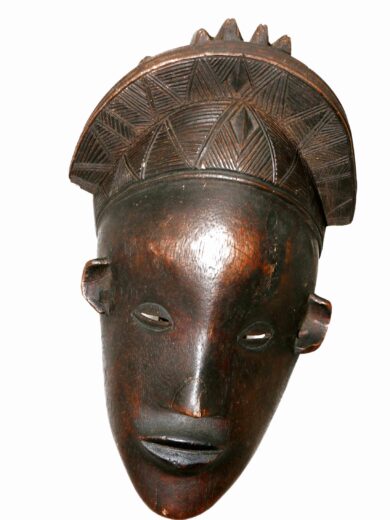
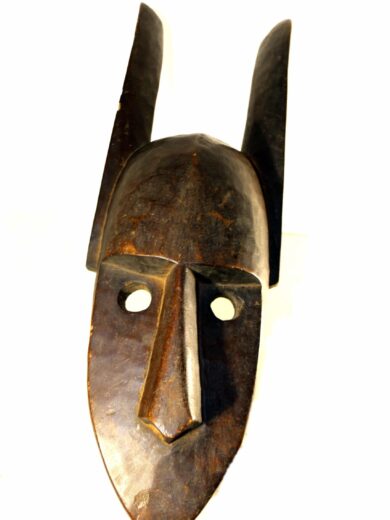
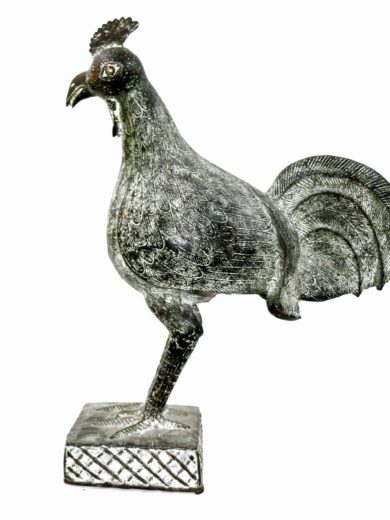
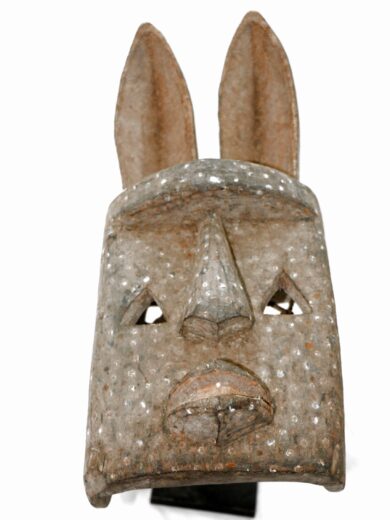
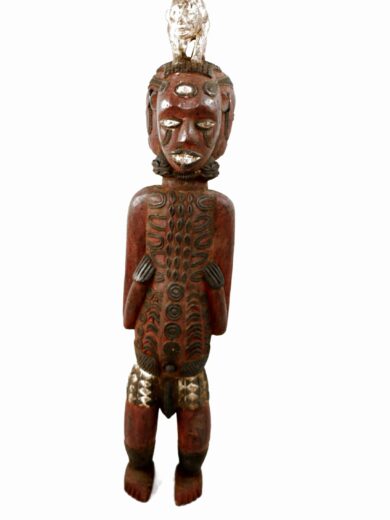
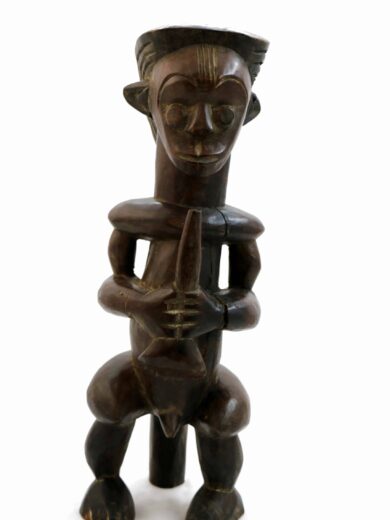
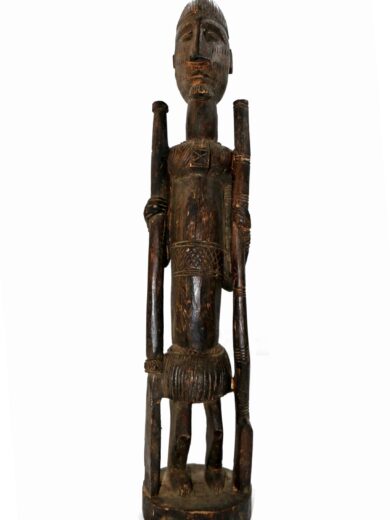
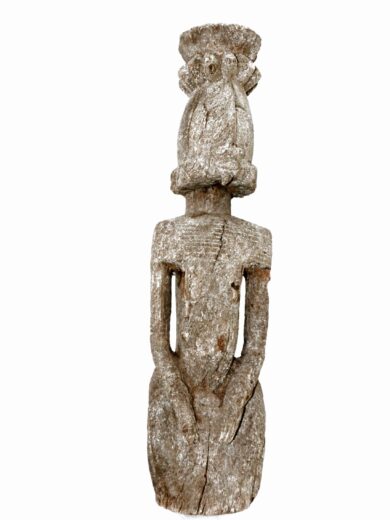
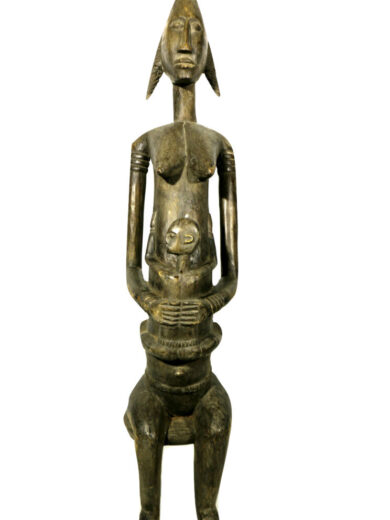
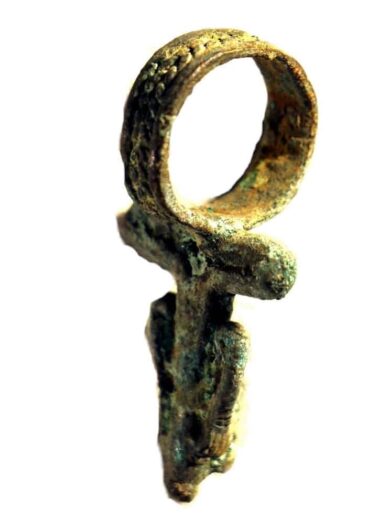
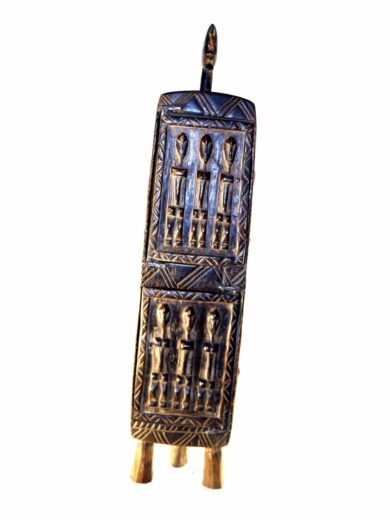
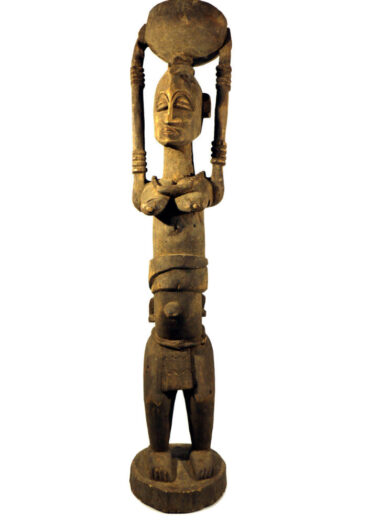
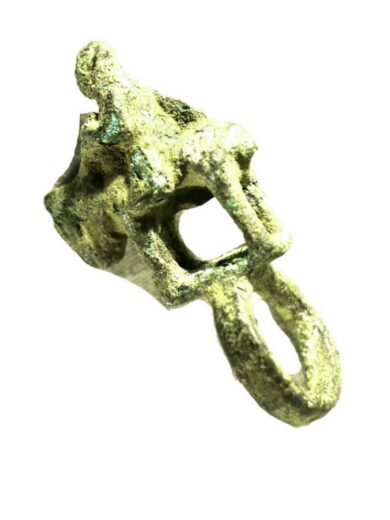
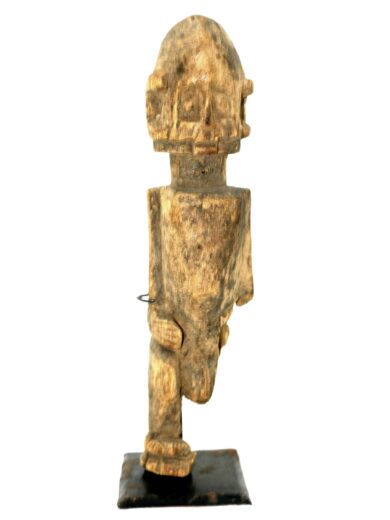
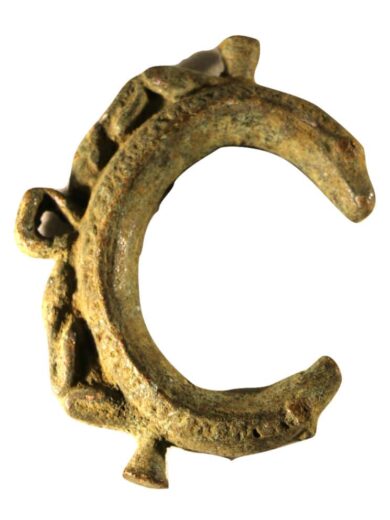
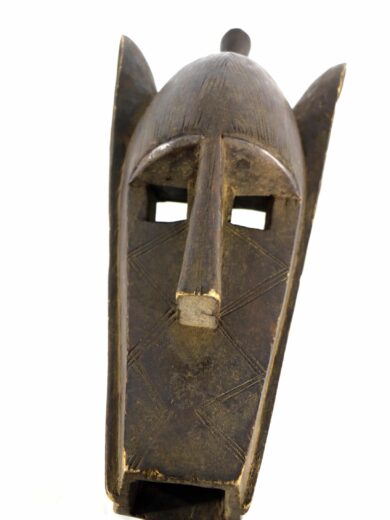
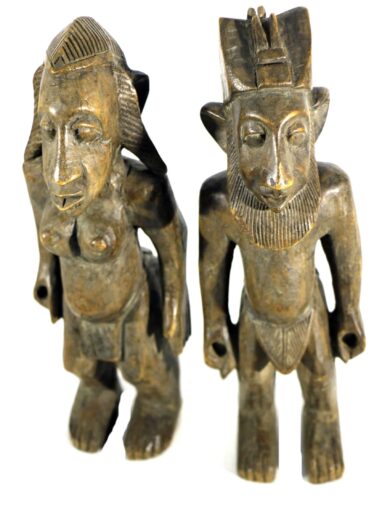
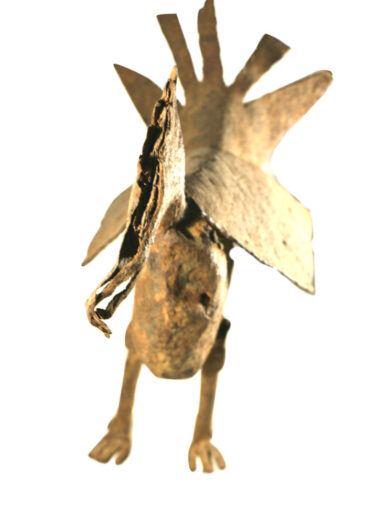
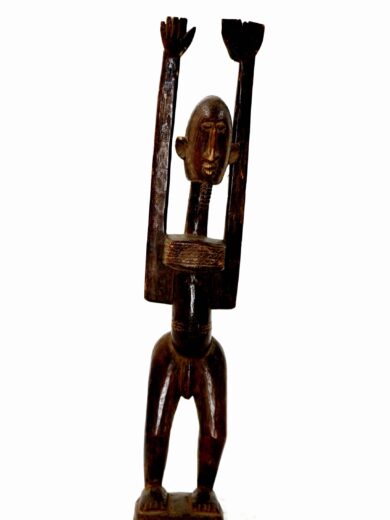
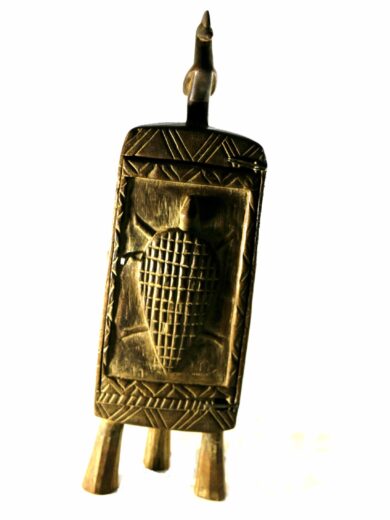
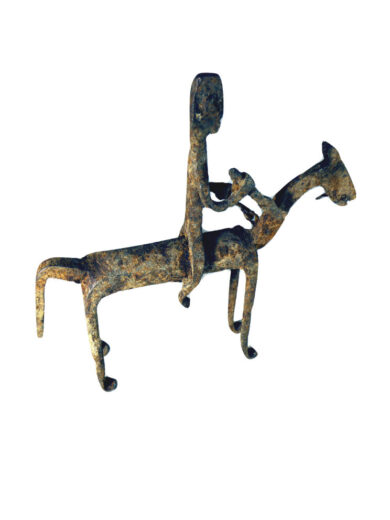
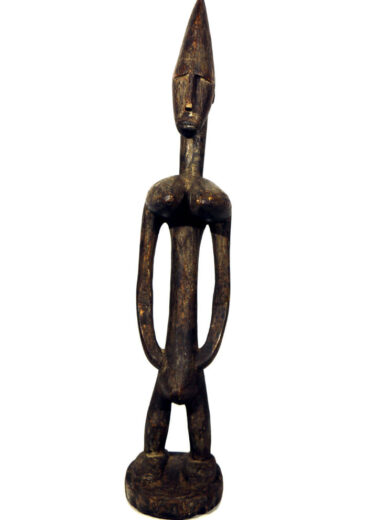
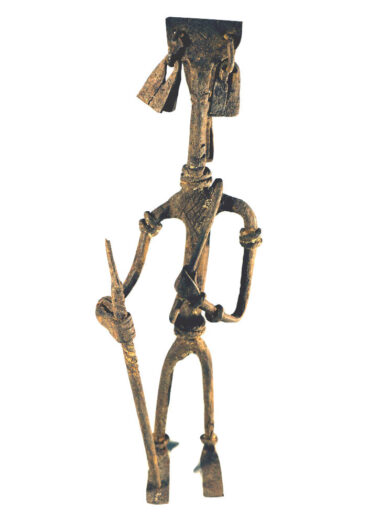
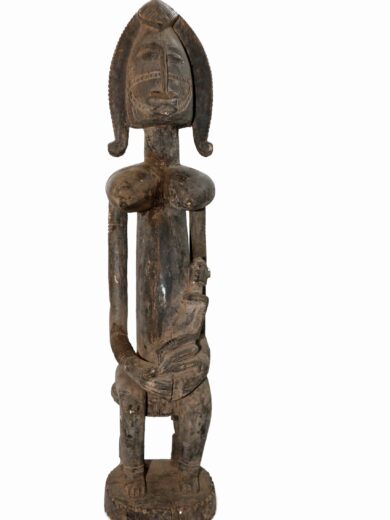
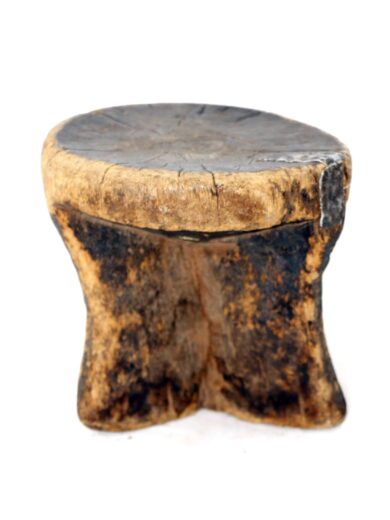
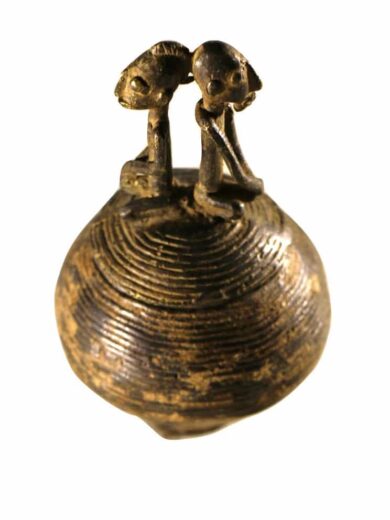
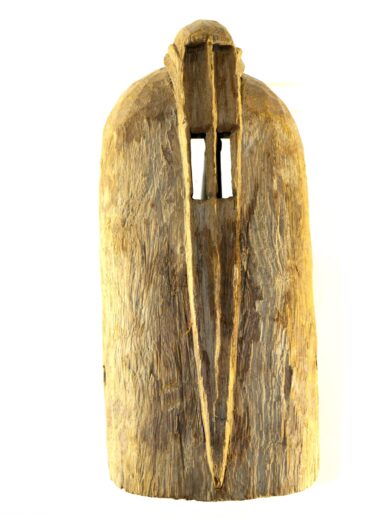
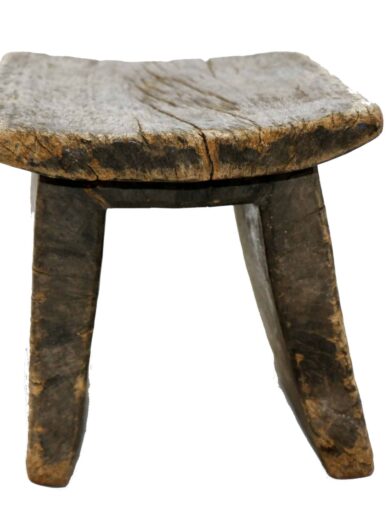
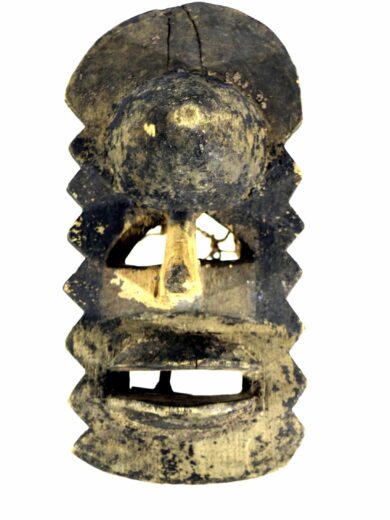
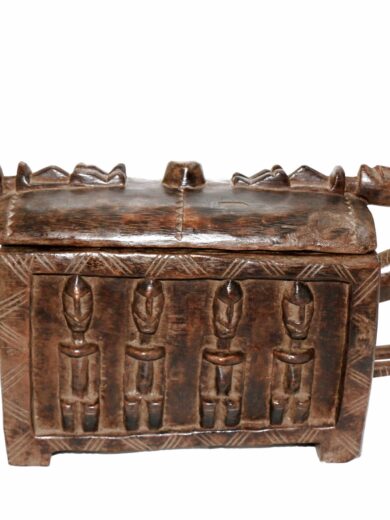
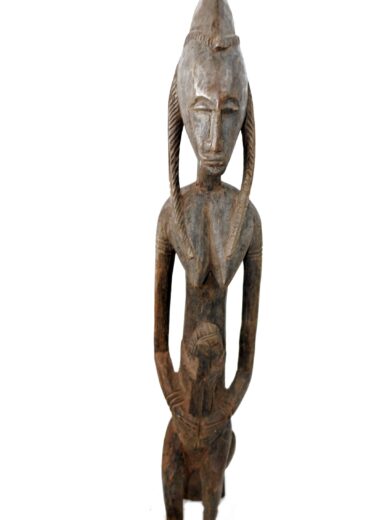
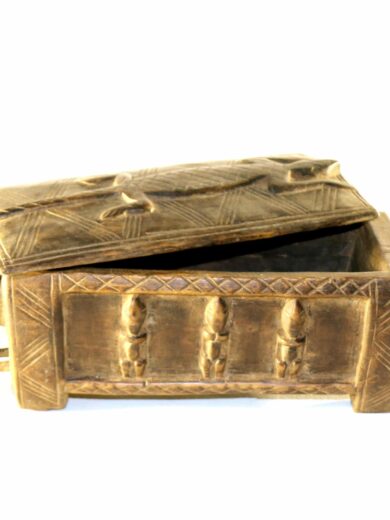
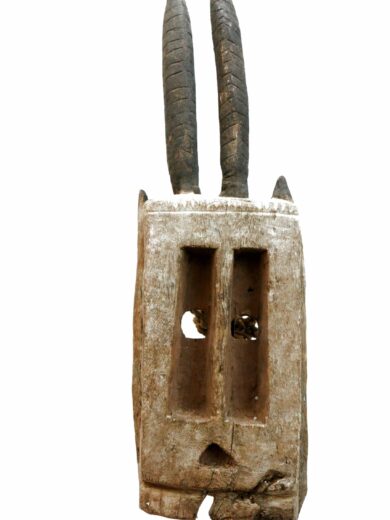

Reviews
There are no reviews yet.